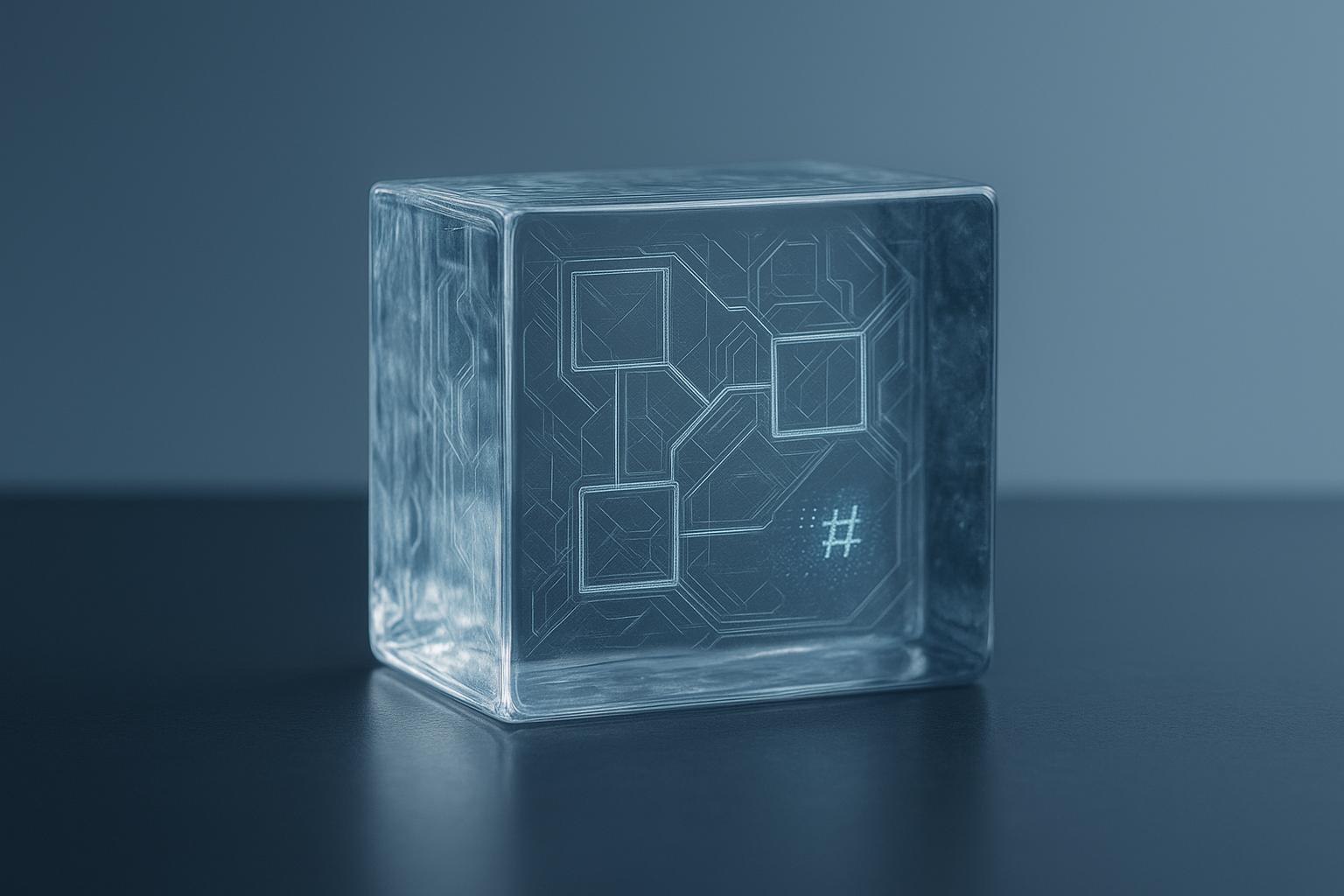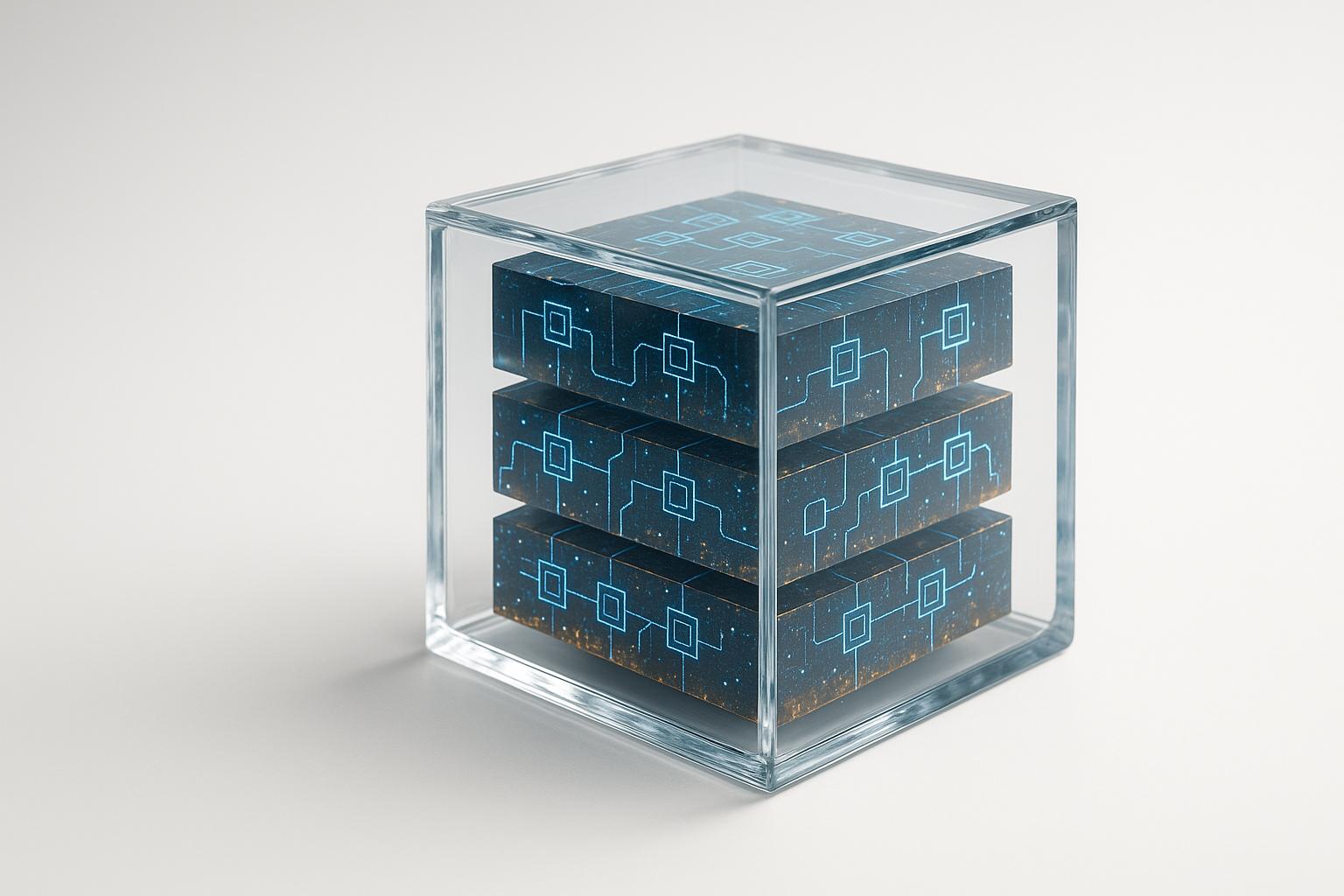In today’s digital world, protecting your artwork is crucial. Copyright registration ensures legal ownership, helps prevent misuse, and allows you to take legal action if needed. Here’s a quick guide to get started:
Key Steps:
-
Prepare Your Artwork:
- Organize details like title, creation date, medium, and version history.
- Gather high-resolution images, creation drafts, and proof of publication (if applicable).
-
Choose the Right Registration Type:
- Single Application: $35 for one work by a sole creator.
- Standard Application: $55 for collaborative works.
- Group Registration: $85 for up to 10 unpublished works.
-
Submit Your Application:
- Use the U.S. Copyright Office’s eCO system.
- Upload files in accepted formats (JPEG, PNG, PDF) with a minimum resolution of 300 DPI.
- Pay fees and track your submission.
-
Enhance Protection:
- Use tools like ScoreDetect for blockchain-based timestamps, invisible watermarks, and AI monitoring to secure your digital assets.
Why Register?
- Establishes public ownership records.
- Enables you to seek damages in infringement cases.
- Strengthens protection with modern tools like blockchain.
By combining traditional copyright registration with digital safeguards, you can protect your work effectively and affordably.
How to Copyright Artwork for Visual Artists: What, When, Why and How (2023)
Getting Your Artwork Ready
Preparing your artwork for registration involves organizing and documenting it properly to simplify the process and strengthen your legal protections. Here’s how to inventory your artwork, gather the right documents, and handle registrations for multiple pieces.
Creating an Artwork Inventory
Keep a detailed record of the following for each piece:
- Title: Assign a clear and specific name to every work.
- Creation date: Note when the piece was completed.
- Medium: Specify the materials used, whether it’s physical or digital.
- Dimensions: Include the physical size or, for digital works, file specifications.
- Publication status: State if the work has been published or not.
- Location: Record where the original piece is stored.
- Version history: For digital works, track any updates or different versions.
Checklist of Required Documents
Make sure you have these on hand:
- High-resolution images: Clear, detailed photos or digital files of your work.
- Creation documentation: Include sketches, drafts, or any work-in-progress materials.
- Publication details: If published, provide the dates and locations.
- Digital verification: Certificates from tools like ScoreDetect to confirm timestamps [1].
- Personal identification: A valid, government-issued ID.
- Rights documentation: Copies of any contracts or agreements tied to the work.
Registering Multiple Works
For multiple pieces, maintain a master record – like a spreadsheet – that lists titles, creation dates, file locations, and verification certificate IDs [1]. Having everything organized in one place ensures a smoother registration process and makes it easier to verify each piece when needed.
Registration Steps
The U.S. Copyright Office’s eCO system makes registering your work straightforward. Here’s how to get started:
Selecting Your Application Type
The eCO system provides three main options for visual artists:
| Application Type | Fee | Best For | Processing Time |
|---|---|---|---|
| Single Application | $35 | Individual works by a sole creator | ~3.8 months |
| Standard Application | $55 | Collaborative works or cases with complex ownership | ~3.8 months |
| Group Registration | $85 | Up to 10 unpublished works created in one year | ~3.8 months |
- Choose Single Application if you’re the only creator and copyright owner.
- Select Standard Application for collaborative projects or works with multiple contributors.
- Use Group Registration to save money when registering multiple unpublished works created within the same calendar year.
Once you’ve picked the right application, you’ll need to prepare your digital files.
Submitting Digital Files
Follow these guidelines to ensure your files meet the necessary technical standards:
- Accepted formats: JPEG, PNG, or PDF (file size under 500MB per file)
- Image quality: Minimum resolution of 300 DPI
- Metadata: Include creator details and creation date in the file properties
If you’re registering 3D artwork, compile 8–12 high-quality images into a single PDF. Make sure to remove any DRM protections before submission.
Payment and Submission
After preparing your files, complete these steps:
- Process payment: Pay using a credit card (Visa, Mastercard, or Amex) or an electronic funds transfer.
- Upload files: Submit your digital materials through your case number portal within 72 hours.
- Save confirmation: Keep your submission receipt, which includes an SR# reference number for tracking.
Online submissions are typically processed within 3.8 months. Paper applications take longer – about 6.2 months. Common delays occur due to incomplete materials (28%), payment issues (19%), or authorship disputes (12%).
While waiting for official registration, consider using ScoreDetect’s blockchain timestamping to verify your work’s creation date [1].
Stay on top of your email for any examiner requests. You can make minor corrections, like updating contact details, within 24 hours. However, major changes require a new application and can add 8–12 weeks to the process.
Once your registration is submitted, move on to the next steps to protect your work.
sbb-itb-738ac1e
Low-Cost Registration Methods
Once you’ve completed your registration, there are several ways to keep costs down while protecting your work.
Copyright Office Fees
The U.S. Copyright Office offers multiple registration options to suit various budgets and needs. For example, you can register a single work individually or choose group registration for multiple unpublished works. Since fees and filing methods can change, it’s a good idea to check the latest details on the U.S. Copyright Office website. These options can help you manage expenses effectively.
Money-Saving Tips
With some strategic planning, you can reduce costs while ensuring your work is protected. Here are some practical tips:
Batch Your Submissions
Registering multiple works at once through group registration can significantly lower the cost per piece. To use this method:
- All works must be unpublished.
- The same author(s) must have created all the pieces.
- The works should be completed within the same calendar year.
- Submit high-quality digital files in formats approved by the Copyright Office.
Use Blockchain for Extra Protection
Consider ScoreDetect’s blockchain verification to secure your creation dates without added expense. This service helps by:
- Creating tamper-proof timestamps.
- Providing certificates of verification.
- Establishing blockchain-based proof of ownership.
- Supporting diverse file formats like images, PDFs, and digital art.
Plan Your Timing
Save money by registering works in batches, aligning submissions with new launches, or registering preliminary versions. Keeping detailed records of your creation process can also streamline registration.
Other Cost-Saving Tips
- Use the eCO system to avoid unnecessary legal fees.
- Keep your digital files organized to prevent duplicate registrations.
- Stick to standard file formats to avoid conversion costs.
- Try ScoreDetect’s free trial for blockchain verification to gain immediate digital protection while waiting for official registration.
After Registration: Protection Steps
Registration Records Management
Keep both digital and physical backups of your registration certificates and any correspondence with the U.S. Copyright Office. Make sure to track key details like confirmation numbers, filing dates, certificate numbers, and renewal dates in one centralized system for easy access.
Even if you have an active ScoreDetect subscription, store verification certificates offline. This ensures you’ll always have access to proof of ownership [1].
Digital Protection Tools
Digital tools can add multiple layers of protection to your work. ScoreDetect offers features such as:
- Invisible Watermarking: Protects your images without affecting their quality.
- AI Monitoring: Uses AI to scan the web with a 95% detection rate.
- Automated Takedowns: Generates takedown notices with a 96% success rate.
For added security, consider using blockchain verification methods, which are explained below.
"With ScoreDetect, I can take pictures for my travel blog and be confident that nobody will claim them as theirs. I can always prove that I am the author." – Kyrylo Silin, SaaS Founder, CEO [1]
Blockchain Verification Methods
Blockchain technology creates a permanent and unalterable record of your ownership, making it a strong complement to traditional copyright registration. ScoreDetect uses blockchain for:
- Tamper-proof Timestamps: Each work gets a unique, unchangeable record.
- Content Checksums: Verifies ownership securely without storing the actual assets.
- Automated Integration: Connects with over 6,000 web apps via Zapier.
- WordPress Integration: Automatically protects newly published content.
"ScoreDetect is exactly what you need to protect your intellectual property in this age of hyper-digitization. I highly recommend it!" – Imri, Startup SaaS, CEO [1]
Combining copyright registration with blockchain verification offers a strong, multi-faceted defense for your creative work.
Summary
Securing copyright for your artwork doesn’t have to be overwhelming or expensive. By keeping detailed inventories of your creations and organizing your documentation, you can protect your work effectively while keeping costs under control.
In addition to registration, consider digital safeguards. ScoreDetect uses blockchain technology to create tamper-proof ownership records and employs advanced tools like AI monitoring, which detects unauthorized use with a 95% success rate [1]. Together, these tools offer strong protection for your creative assets.
"As a SaaS company owner, I find ScoreDetect to be a highly valuable tool for ensuring the integrity of our digital content."
– Joshua Chung, Startup Consultancy, CEO [1]
FAQs
How does combining blockchain technology with traditional copyright registration benefit artists?
Using blockchain technology alongside traditional copyright registration provides artists with enhanced security and verifiable proof of ownership. Blockchain captures a unique digital fingerprint (checksum) of your content, ensuring that your work is timestamped and tamper-proof without storing the actual file.
Tools like ScoreDetect take this a step further by offering automated workflows and verification certificates that streamline the process of protecting your digital creations. This combination not only safeguards your artwork but also simplifies proving ownership in case of disputes, giving you peace of mind and greater control over your intellectual property.
What’s the best way to organize and track my artwork for easier copyright registration?
To streamline the copyright registration process, start by keeping a detailed inventory of your artwork, including titles, creation dates, and descriptions. For digital assets, consider using tools like ScoreDetect, which can generate verification certificates for your content. This service uses advanced AI and blockchain technology to create a unique checksum for each piece, ensuring enhanced copyright protection without storing your actual files. By maintaining organized records and leveraging tools like this, you can simplify the registration process and safeguard your creative work.
What are some common mistakes to avoid when filing a copyright registration application using the U.S. Copyright Office’s eCO system?
When filing a copyright registration application through the U.S. Copyright Office’s eCO system, some common mistakes to avoid include:
- Providing incomplete or incorrect information: Make sure all required fields are filled out accurately, including the title, author details, and creation date.
- Submitting the wrong type of work: Double-check that your submission matches the correct category (e.g., visual art, music, literary work).
- Failing to upload the required deposit: Ensure you include the necessary copy or sample of your work as part of the application.
Taking the time to review your application carefully before submission can help prevent delays or rejections.

